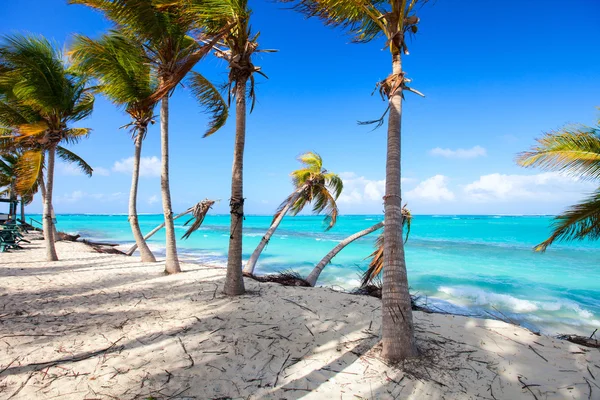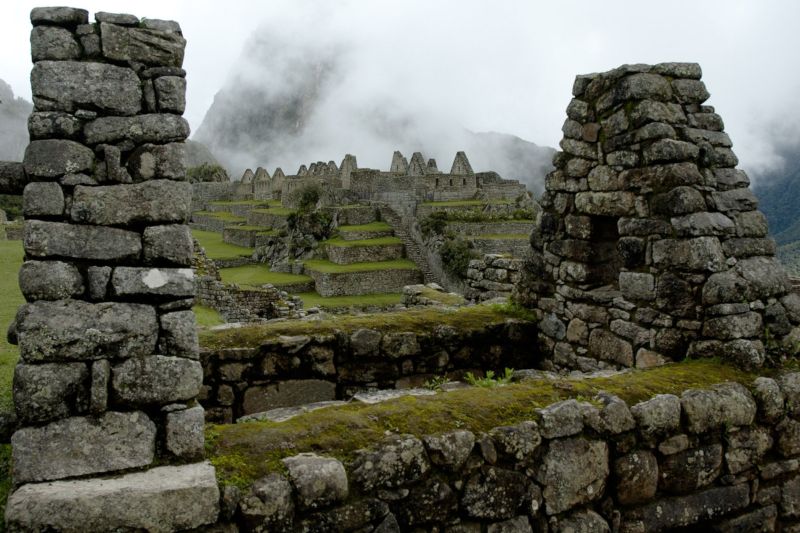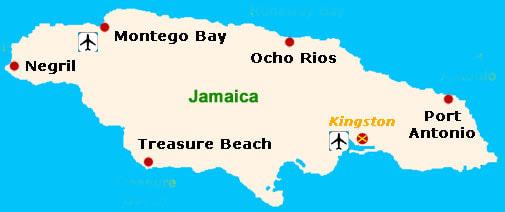As the Caribbean's biggest island, Cuba is unmistakably dripping with culture, history, and an enchanting sort of mystique rarely seen or felt elsewhere. Music from live bands playing is heard vibrating through the beautiful, cobbled squares of Havana's Old Town, neat vintage automobiles are still cruising the streets and avenues, and the old charming structures in Cuba's colonial cities truly evoke the feeling of a country getting frozen in time.
Cuba provides abundant natural beauty with over 5,000 kilometers of coastline which is mostly rimmed by incredible beaches. Coral reefs shine in the turquoise-colored waters, plus Cuba's sublime islands and lush countryside have one point in time hosted presidents; given refuge to revolutionaries; and also inspired authors from all over the world, including Hemingway.
Together with all this intoxicating beauty, rich history, and excellent fishing and diving, Cuba offers a diversity and depth that few Caribbean islands could match. Use this practical Cuba travel guide to find the top tourist attractions in Cuba.
1) Old Havana. As a UNESCO World Heritage site, Old Havana is an admirably-preserved place representing a piece of Cuban history. Just by walking about the cobbled streets and staring up at the row of neoclassical and the grand Baroque buildings, it's quite easy to begin imagining the kind of life Cuba was like 300 years ago.
Major renovations are currently reviving the historic structures. Main attractions around this area are the Plaza de la Catedral which contains the Cuban Baroque Catedral de San Cristobal, the fine restaurant as well as Hemingway's hangout, Bode Guita del Medio, and the impressive military fortress, Castillo de la Real Fuerza.
In addition, the Old Town, Plaza Vieja is another place worth visiting in Havana. This lively gathering location boast a few notable structures such as the 18th-century Casa del Conde Jaruco, the first floor displaying lovely stained-glass windows. Close by, the camera obscura provides remarkable views from the uppermost height of its 35-meter tower. You'll need at least one solid day in order to experience the Old Town.
2) Varadero. As Cuba's foremost famous beach destination, offering the best-rated beaches in the Caribbean, Varadero extends along the Peninsula de Hicacos, jutting into the beautiful sea only off the north coast; a drawbridge now connects it conveniently to the mainland.
This popular strip is filled with over 50 hotels, and its glorious white-sand beaches never fail to draw tourists from all over the world.
Other delightful highlights in Varadero include Cueva de Musulmanes, Cueva de Ambrosio, and Parque Ecolo'gico Varahicacos, plus its 2 caves.
In addition, you'll find the calm Parque Josone which is filled with lush flower gardens, swimming pool, restaurant, and a little lake where you could paddle in rowboats.
Other fun things to do include snorkeling, diving, deep-sea fishing, skydiving, golf, and day hikes to cultural attractions.
3) Trinidad. When you start exploring this town in Cuba, is like going back in time. Both the cobblestone streets and wonderfully restored buildings in the city center always exude a sort of quaint colonial feel.
A lot of the architecture goes all the way back from the 17th to the 19th centuries, the times when Trinidad was flourishing from both the slave and sugar trades.
Now, Trinidad is a great city in Cuba worth visiting. You could delight in its vibrant ambience in the cobblestone Plaza Mayor, which is the city's main square. Then you'll find the neoclassical church of the Holy Trinity standing above the square.
Other Trinidad attractions include the bell-towered Church and Monastery of Saint Francis, the art gallery at the Casa de Aldeman Ortiz, the Museum of Colonial Architecture, and the Palacio Brunet, which is a fine home constructed in 1812 and yet featuring original marble floors and frescoes.
If you proceed east of Trinidad, and in route to Sancti Spiritus, the lush Valle de los Ingenios boasts many monuments and relics from the 19th century, when both mills and sugar cane plantations prospered. It is recommended to just drive or go on horseback through the lovely scenery of mountains, green sugar cane fields, and palm trees.
4) Guardalavaca. Located in the Holguin province and rimmed by dazzling beaches, Guardalavaca is calmer and more distant than Varadero. Fringed with lush foliage, these beaches offer an abundance of shady patches perfect if you're searching for a break from the hot tropical sun. Both snorkelers and divers could explore plenty of sea life that exist along the coral reefs.
Consider taking a day trip beginning from Guardalavaca, including enjoying jungle adventures, sailing, as well as a sightseeing tour of Santiago de Cuba.
West of Guardalavaca, you'll find Bahia de Naranjo encompassing a big slice of 3 islands, coast, and Cayo Naranjo which features the popular Dolphinarium that provides close-up encounters with such friendly sea animals.
Chorro de Maita is yet another worthy side trip option now available from Guardalavaca, where you'll see a native Indian burial area as well as a rebuilt Taino Indian village.
5) Playa Paraiso. Reputed for its lovely beaches and located on the island of Cayo Largo del Sur, Playa Paraiso is Cuba's top-ranking beach. This lofty stretch of powdery white sand, plus the light-blue sea enhances the island's sheltered western edge, merging finally with the rivaling but equally enchanting Playa Sirena.
Cayo Largo de Sur island is really a sunworshipper's little heaven with a typically sunny, dry climate, including some decent attractions dotting here and there among stunning beaches, and several resorts and hotels.







